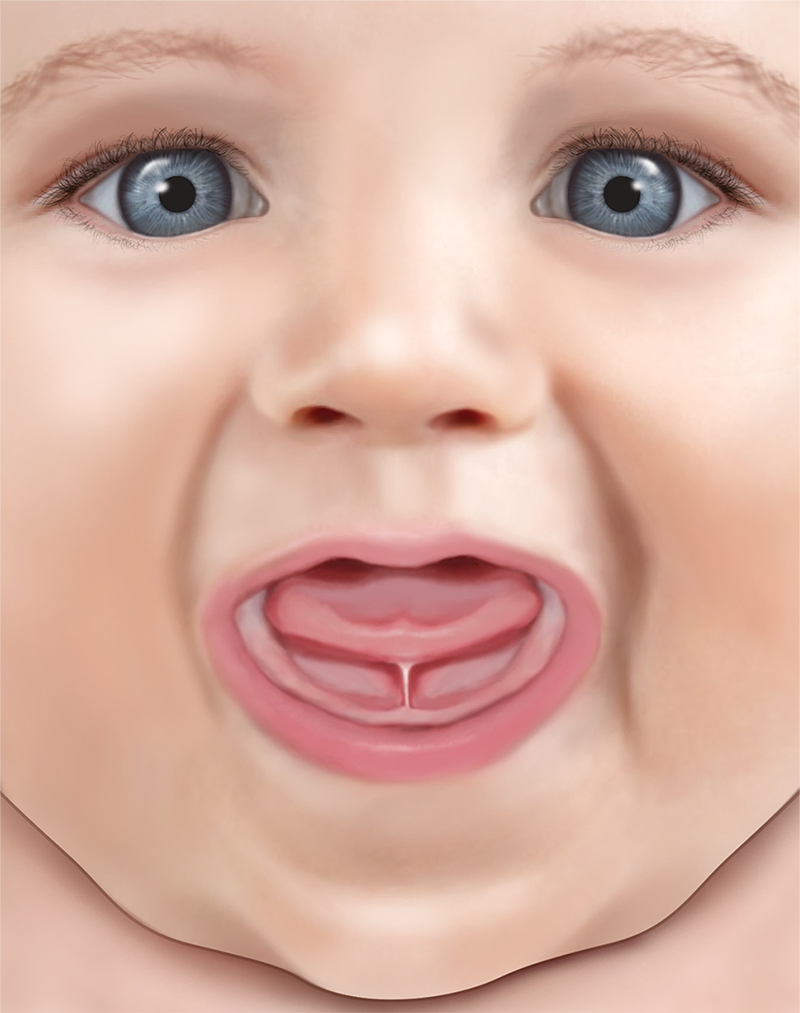Tongue-tie division (infant)
What is a tongue-tie?
As a baby develops in the womb, the tongue separates from the bottom of the mouth. A tongue-tie happens when the tongue does not separate enough. Some tongue-ties are thin while others may be chunky.
Some tongue-ties do not cause problems — babies can feed and older children can talk normally. Other tongue-ties do cause problems.
What are the benefits of tongue-tie division?
Your baby should be able to feed better, less often and for shorter periods of time.

Are there any alternatives to tongue-tie division?
Some tongue-ties divide on their own, or tear on the lower teeth or when your baby chews on something.
If the tongue-tie is causing feeding problems, dividing the tongue-tie is the only effective treatment.
What does the procedure involve?
Try not to feed your baby for 1 to 2 hours before the procedure.
If your baby is young and has no teeth, they will not need an anaesthetic. The healthcare team will gently wrap your baby so they cannot move around and then carefully divide the tongue-tie with surgical scissors. The procedure will not hurt your baby as there are very few nerves in that part of the mouth.
What complications can happen?
Tongue-tie division complications
- discomfort
- there may be some dark blood in your baby's nappy or they may vomit a small amount of dark blood in their vomit
- infection
- ulcer under the tongue
- damage to the tubes that drain saliva
- the tongue-tie coming back
- no difference in how well your baby feeds
How soon will my baby recover?
Babies under 3 weeks old usually go straight back to feeding. Older babies may take 1 or 2 days to settle.
Wounds in the mouth usually heal quickly.
You will need to re-teach your baby on how to breastfeed without chomping.
Summary
A tongue-tie joins the tongue to the bottom of the mouth. Dividing the tongue-tie should allow your baby to feed better and improve oral hygiene.
IMPORTANT INFORMATIONThe operation and treatment information on this page is published under license by Healthdirect Australia from EIDO Healthcare Australia and is protected by copyright laws. Other than for your personal, non-commercial use, you may not copy, print out, download or otherwise reproduce any of the information. The information should not replace advice that your relevant health professional would give you. Medical Illustration Copyright © Medical-Artist.com.
For more on how this information was prepared, click here.
Learn more here about the development and quality assurance of healthdirect content.
Last reviewed: September 2024













